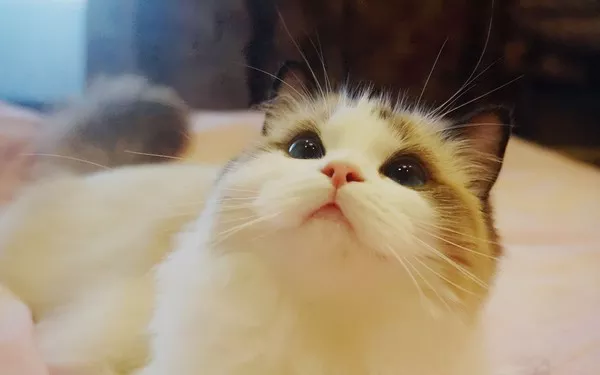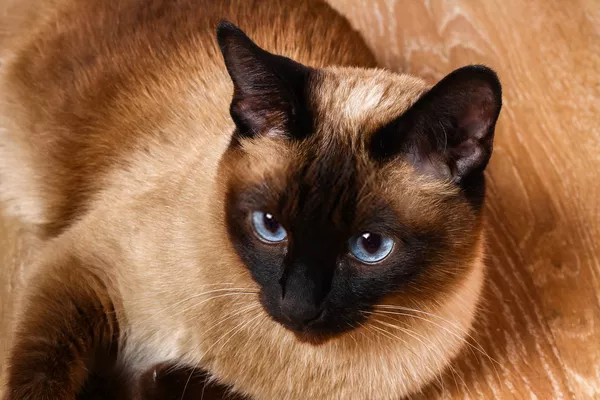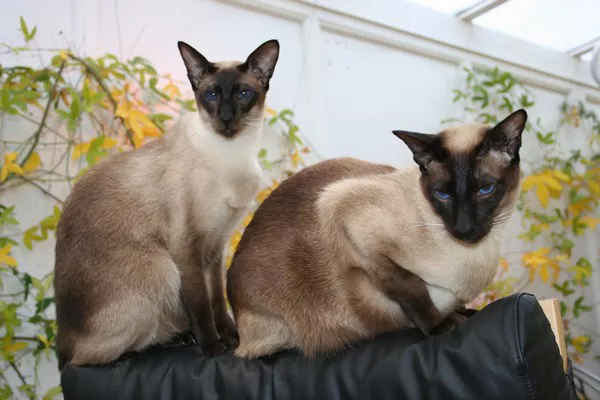The Gentle Reputation
Ragdoll cats are renowned for their placid and gentle nature, earning them the reputation of being one of the most affectionate cat breeds. However, what happens when your usually docile Ragdoll displays signs of aggression? In this essay, we delve into the complexities of Ragdoll behavior, seeking to unravel the reasons behind aggression in these otherwise easygoing felines.
The Nature vs. Nurture Debate
To comprehend aggression in Ragdolls, we must explore the interplay between genetics and environmental factors. Are certain aggressive behaviors hardwired into the breed’s DNA, or do external influences play a more significant role? This section dissects the nature vs. nurture debate, examining the potential genetic predispositions and the impact of upbringing on a Ragdoll’s temperament.
Understanding the Ragdoll Temperament
Ragdolls are characterized by their calm demeanor and tendency to go limp when picked up, hence the breed’s name. Analyzing the typical Ragdoll temperament provides a foundation for identifying aberrations in behavior. From their sociable nature to their preference for routine, we explore the key aspects of Ragdoll behavior that shape their overall temperament.
Health Issues and Aggression
Physical discomfort or underlying health issues can manifest in aggression in cats. This section investigates potential health-related triggers for aggression in Ragdolls. From dental problems to arthritis, we delve into how addressing these issues can alleviate aggressive behaviors and contribute to a happier, healthier feline companion.
Behavioral Triggers in Ragdolls
Unraveling the specific stimuli that trigger aggression in Ragdolls is essential for effective management. This section dissects various behavioral triggers, such as changes in the household, introduction of new pets, or alterations in the cat’s routine. By understanding these triggers, cat owners can implement strategies to minimize stressors and create a harmonious environment for their Ragdoll.
Socialization and Early Experiences
The formative stages of a Ragdoll’s life play a crucial role in shaping their behavior. Explore the impact of early socialization, positive interactions, and exposure to diverse environments on a Ragdoll’s temperament. We delve into the importance of providing a nurturing environment during kittenhood to prevent the development of aggressive tendencies in adulthood.
Communication and Body Language
Cats communicate primarily through body language, and understanding these cues is paramount for interpreting their emotions and preventing aggression. This section explores Ragdoll-specific body language, vocalizations, and common communication signals. By becoming attuned to their cat’s expressive repertoire, owners can preemptively address potential sources of stress and aggression.
Environmental Enrichment and Mental Stimulation
Boredom and lack of mental stimulation can lead to undesirable behaviors, including aggression. Investigate the importance of environmental enrichment for Ragdolls, from interactive toys to designated play areas. Discover how providing mental stimulation can channel their energy positively, reducing the likelihood of aggressive outbursts.
Professional Intervention and Training
When aggression becomes a concerning issue, seeking professional guidance becomes imperative. This section explores the role of certified animal behaviorists, trainers, and veterinarians in addressing and mitigating aggression in Ragdolls. From behavior modification techniques to pharmacological interventions, we delve into the comprehensive approach to resolving aggression in these feline companions.
Case Studies and Success Stories
To provide a practical dimension to our exploration, this section delves into real-life case studies and success stories of Ragdolls that have overcome aggression. By examining these examples, readers can gain insights into diverse situations and potential solutions, fostering a sense of hope and encouragement for those facing similar challenges.
Conclusion – Nurturing the Gentle Spirit
In conclusion, understanding and addressing aggression in Ragdoll cats require a multifaceted approach. From considering genetic predispositions to creating a stimulating environment and seeking professional assistance when needed, responsible ownership plays a pivotal role. By unraveling the mysteries behind aggression, we can ensure that our Ragdoll companions continue to embody the gentle and affectionate spirit for which they are celebrated.


























